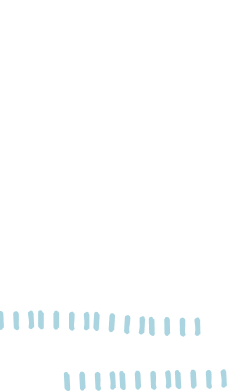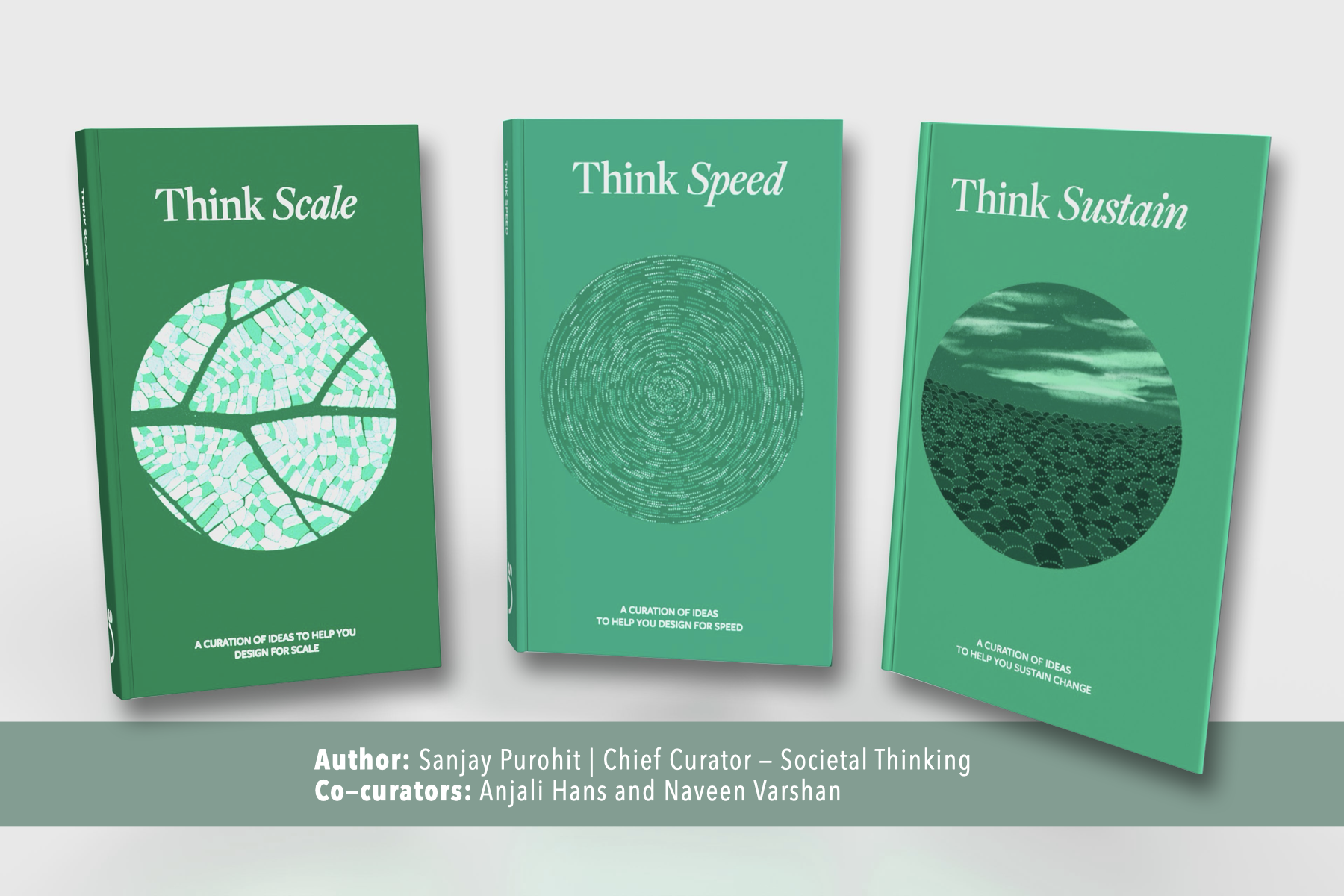When I joined Societal Thinking in January ‘23, the word co-creation was part of a lot of conversations. I thought the team meant to say collaboration but imagine the confusion when both words were used in the same sentence! So, I dug deeper to understand what co-creation is and how it differs from collaboration.
The dictionary definition told me this –
Collaboration is the act of working with someone to produce something. Co-creation goes deeper, it involves the integration of resources, knowledge and networks of all stakeholders – not just the makers, but also the users – to solve a problem by creating something new.
Think music for a minute.
Collaboration is like a well-orchestrated symphony where each musician brings their unique skills and expertise to the table. They work in harmony, playing their instruments as per the conductor’s guidance and contribute in their individual ways to the overall composition like the Interstellar theme by Imperial Orchestra.
Co-creation in music is equivalent to creating a new composition. Each musician works with other musicians to build on their strengths to create a new composition without a conductor’s guidance as illustrated in this version of the same symphony!
Cool, isn’t it?
So, I understood collaboration involves acting according to a central narrator (the conductor) to work for a goal that is narrator-driven while co-creation involves working with each other from the get-go where each element complements the other, thus creating a solution (new composition) that is driven by not just one entity/individual but by all the actors involved.
I wanted to explore if co-creation can truly take collaboration up a few notches when it comes to solving a complex social challenge so I did a deep dive into the work of Mantra4Change and what co-creation meant to them.
Mantra4Change – a non-profit working towards school improvement and education leadership development – brings together education officials, school heads, teachers, students and the community in the PACE (Project for Active Cluster Engagement) programme. The programme leverages various knowledge and process assets and capabilities available on the Societal Platform by ShikshaLokam and the network of local partners to design and execute effective school improvement projects.
In a typical collaboration construct, this would involve Mantra4Change taking inputs from teachers, communities and other actors but doing the implementation based on how they envision the programme. But, in a co-creation construct, Mantra4Change not only takes inputs but involves the actors in designing, decision-making and implementing the programme.
Currently, the programme, with 21 clusters and 5 partners (Tan90, Involve, Tech Mahindra Foundation, United Way, Shikshalokam) has reached 256 schools and 21600 students in just 3 years. These efforts have translated into a 21% increase in average student learning outcomes from 2021-22 to 2022-23 (as per government assessment data).
Inspiring co-creation is one of Societal Thinking’s Core Values and now I understand the power of diverse actors across civil society (Samaaj), government (Sarkaar), markets (Bazaar) and community, coming together and solving problems as they are part of every reimagination and design that the solution goes through.
It does 2 things:
- Brings in a sense of ownership among the stakeholders
- Creates diverse solutions that work better for the users in their context.
As Prof Venkat Ramaswamy puts it, “Co-creation is, by its very nature, not about ‘build it and they will come’, but ‘build it with them, and they are already there.’
Explore how co-creation plays an important role in providing economic resilience for 10 million.
 Back
Back


